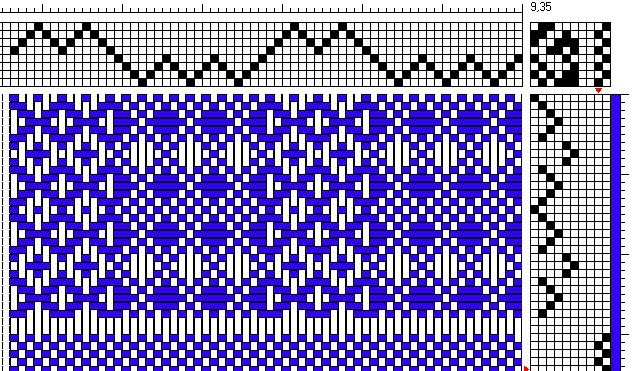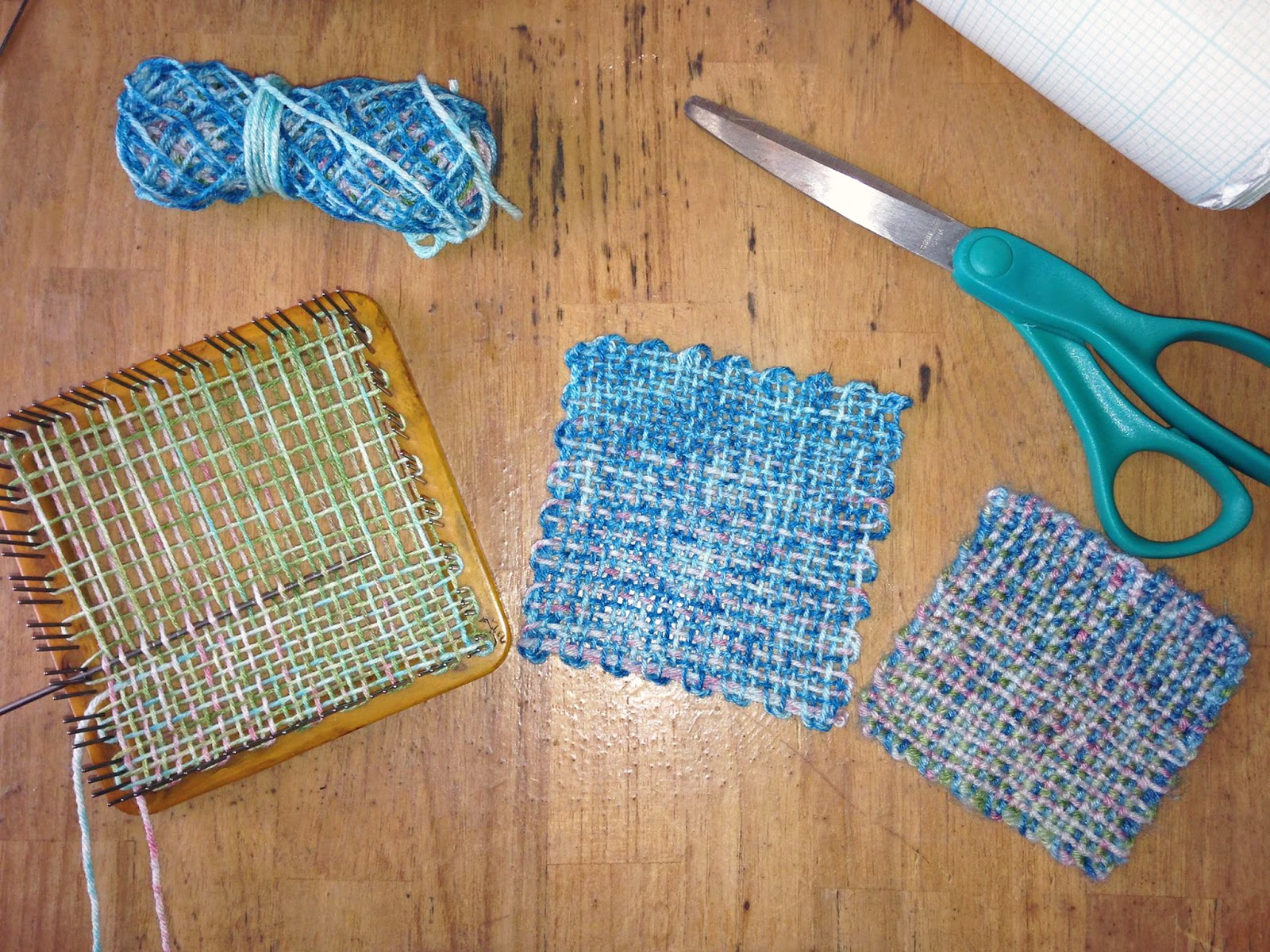

You will never have more than one number (or thread) vertically in the same column of this section because a thread will never go through 2 heddles. After 4 we will move back down diagonally and count back down “3”, “2”, and “1”. Then on the square diagonally left add a “2”, repeat with “3” and “4”. Starting on the right hand side, closest to the treadle tie up, and on the bottom row add a “1”.

First, we are going to mark our warp threading. We are going to start with a simple Birdseye. If you are just getting started I suggest trying a few out with just a pencil and black marker so you can see the relationship between the quadrants more easily. Your Tie up is telling you which Harnesses are attached to which treadles- which is what you will lift for each pick – so the tie-up really pulls both things together. Again, you may have more or less on your loom and can adjust as needed. The 6 columns in the Tie-up and Weft pick sections corresponds to the 6 treadles (or peddles) you have. You can add more here if you have more harnesses, but today I’ll be showing you with just these 4. The 4 rows of Warp section correspond to each of your 4 harnesses. Check out the photo to the right and you’ll see the Warp threading is indicated on the top rows, the Treadle Tie-Up is the top right box, the Weft picks are indicated on the right hand columns, and the fabric is the largest area where everything will intersect. Found a weaving draft online Simply import it into your project and continue to edit it.
#Weaveit patterns software
Let’s start with the four main parts of your draft/weaving.Įach of these sections correspond to a quadrant of your draft. This means that if you use Fiberworks, pixeLoom, WeaveIt, or other software for developing your patterns or for interacting with your loom, then Treadl can be used to import and export patterns to easily fit into your workflow.


 0 kommentar(er)
0 kommentar(er)
